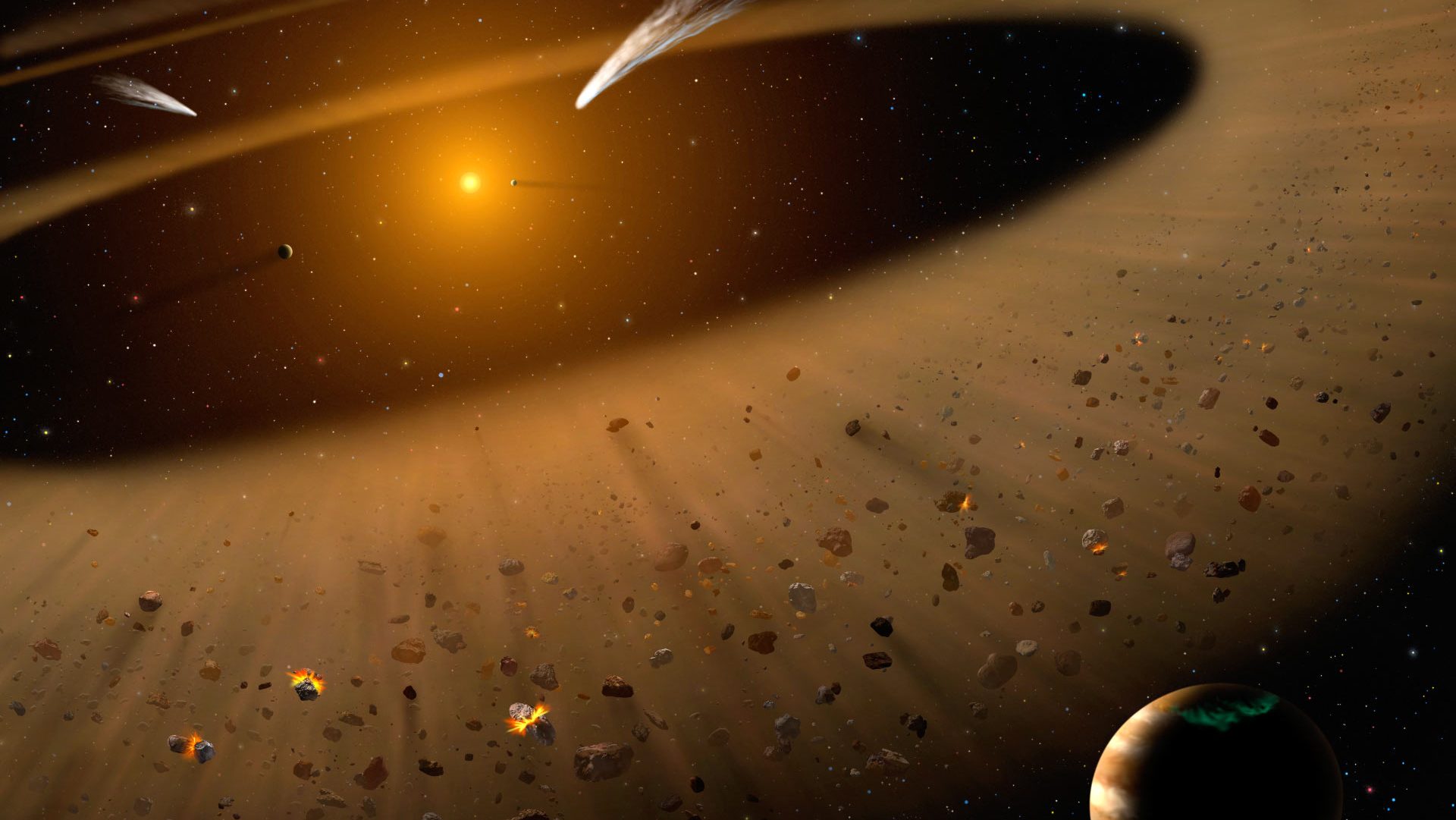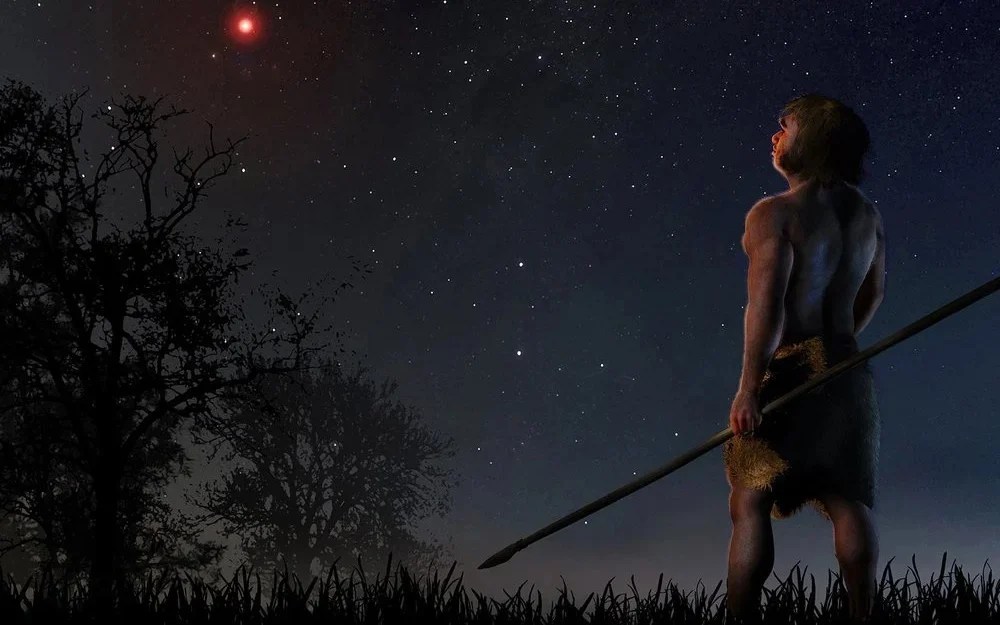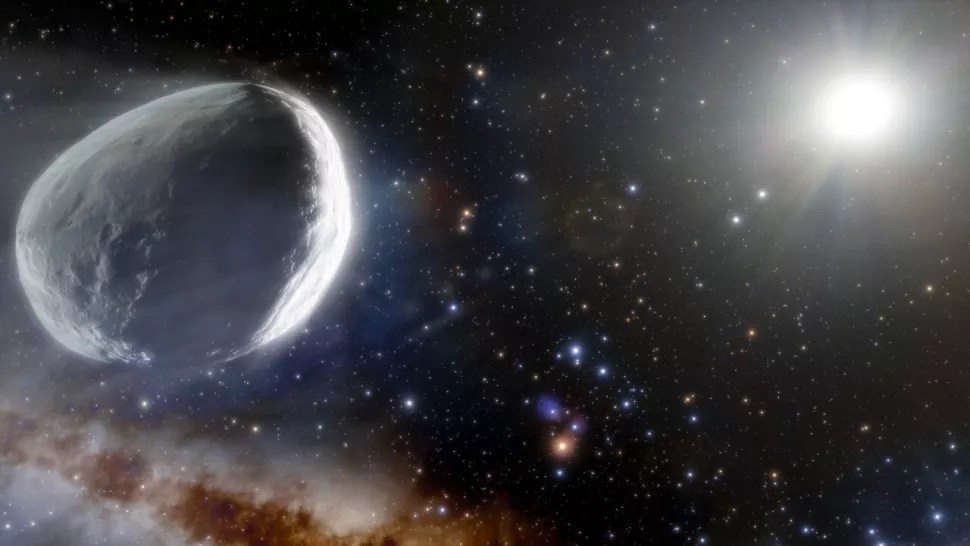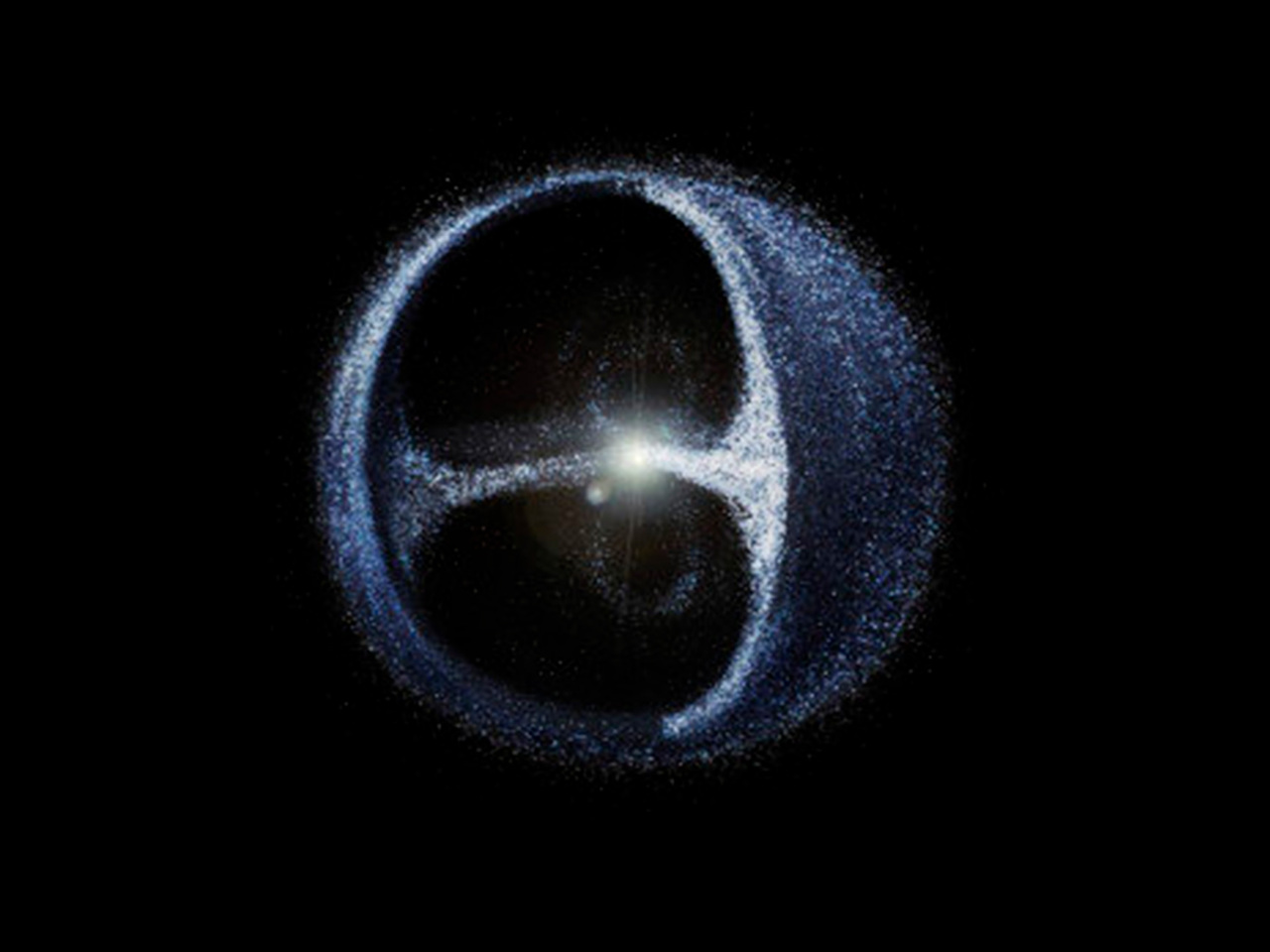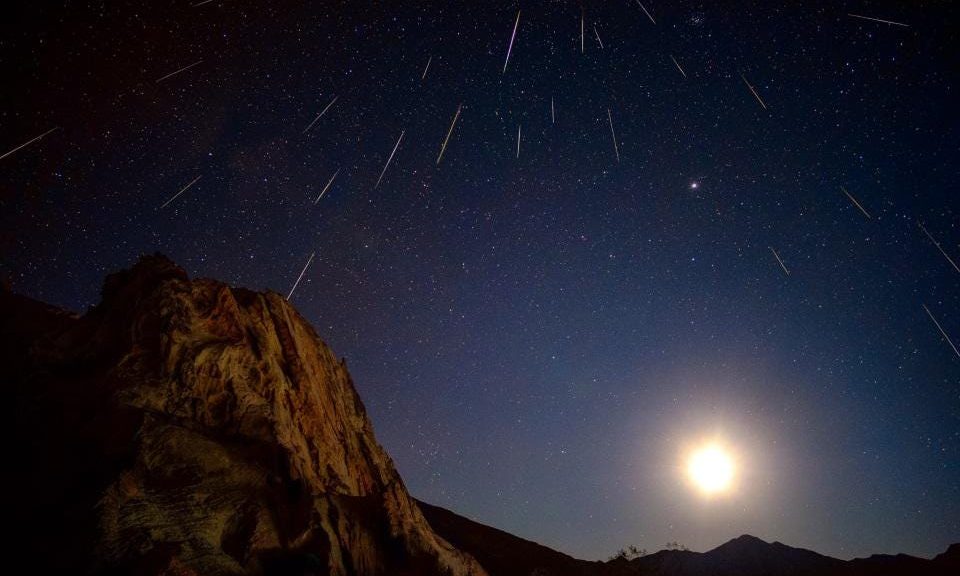See 2023’s Perseid meteor shower: the best in years
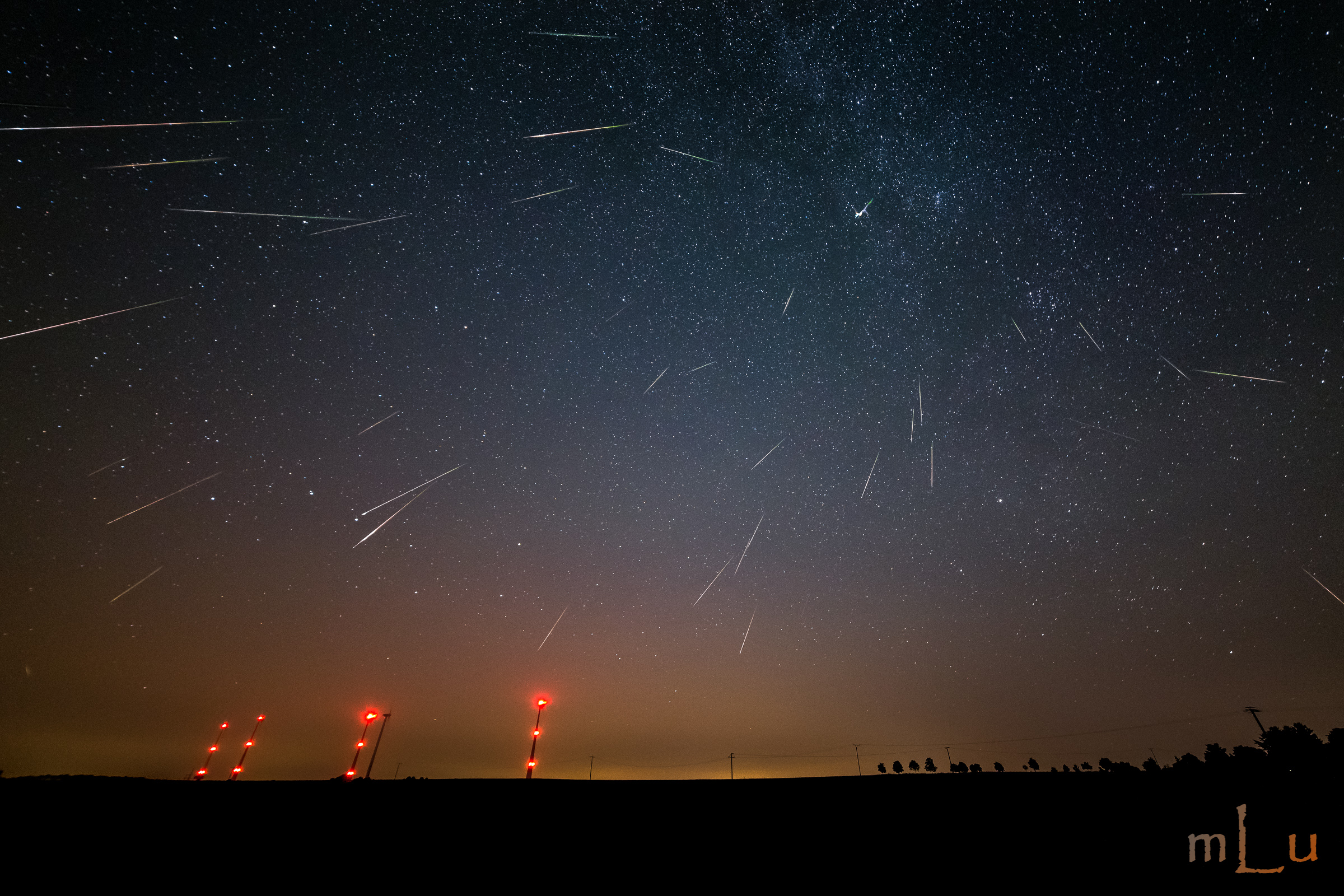
- In 2023, on the nights of August 12th and 13th, the Perseid meteor shower will reach its peak, giving Earthly observers a chance to see upward of 100 meteors-per-hour.
- The meteor shower peaks on the weekend this year, while only a waning crescent Moon graces the skies, making for nearly ideal viewing conditions.
- Although the Perseids are slowly getting weaker over time, this year’s show should be the best in several years, and the second weekend in August is the best time to view it!
Each year, as planet Earth revolves around the Sun, certain things remain relatively the same with each orbit. Our planet’s axis remains tilted at 23.5° relative to our orbit around the Sun, we orbit in an ellipse that reaches its closest point to the Sun in early January and ventures farthest from the Sun in early July, and the other planets also continue in their elliptical orbits around the Sun, all orbited by their own systems of moons in the process. And — even though we don’t notice them frequently — there are also comets and asteroids zipping around through our Solar System, typically on orbits that are much longer than one Earth-year.
It’s very rare for a large body like a comet or asteroid to pass close to planet Earth, although it does happen on occasion. What’s quite common, however, is that Earth will pass through the orbital path traced out by a periodic comet or asteroid that does enter the inner Solar System. When it does, depending on multiple factors, including:
- how long that object has been in its present orbit,
- how close Earth passes to that object’s orbital path,
- where the Moon is located,
- and how close the comet nucleus is to planet Earth,
we’ll get anywhere from a dud of a meteor shower to a spectacular show. This year’s Perseids, peaking the nights of August 12th and 13th in 2023, promises to be well worth watching. Here’s what you can expect, how to get the most out of it, and why this year’s shower will be the best one in several years.
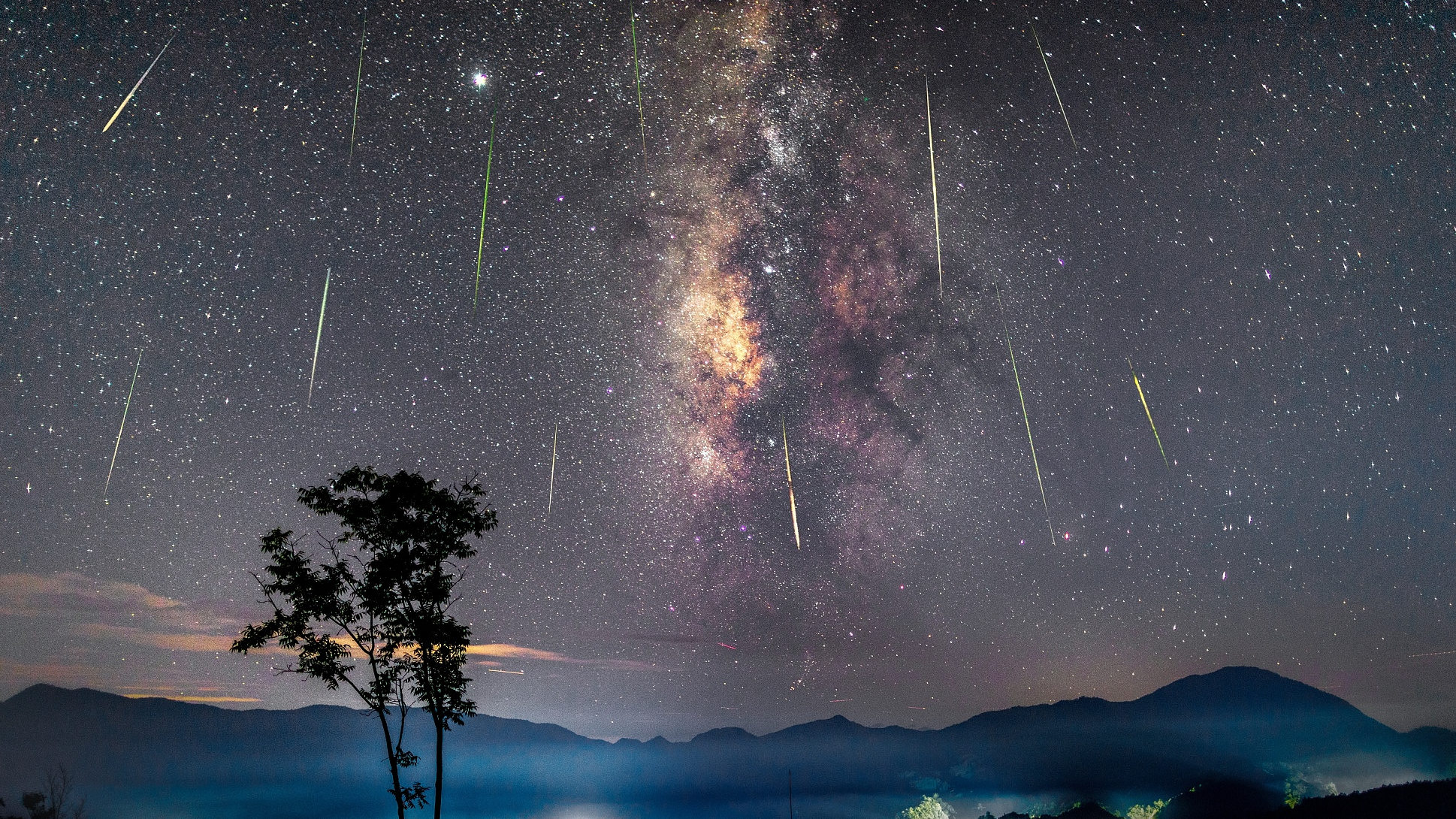
There’s a great myth that meteor showers originate from the tails of comets and asteroids, and that’s simply not the case. Whenever any astronomical body — a comet, asteroid, interstellar interloper, or even something more exotic — passes close enough to the Sun, three separate things are going to happen.
- Any volatile materials, i.e., ices that are in the solid phase but that will enter the gas phase if the temperature rises high enough, will begin to undergo that sublimation transition, causing the object to offgas and emit particles.
- The small particles will be heavily ionized by the Sun’s ultraviolet radiation and become charged, where the Sun’s magnetic field then dominates their trajectory, creating an ion tail made of ionized carbon monoxide, nitrogen, and carbon dioxide. Meanwhile, the larger particles will pick up only slight charges relative to their mass, and while they’ll be blown back from the object’s main nucleus, they’ll also enter a gravitationally-dominated orbit around the Sun, creating the brighter, more familiar curved dust tail seen around most comets.
- But, importantly, the main nucleus of the object will experience internal forces, including cracks and fissures, that cause small fragments of the nucleus to break off. Some of them wind up “ahead” of the main nucleus in orbit, while others wind up “behind” the main nucleus. Over time and over many orbits, these fragments get stretched out into a debris stream, populating the entire orbit of the parent body.
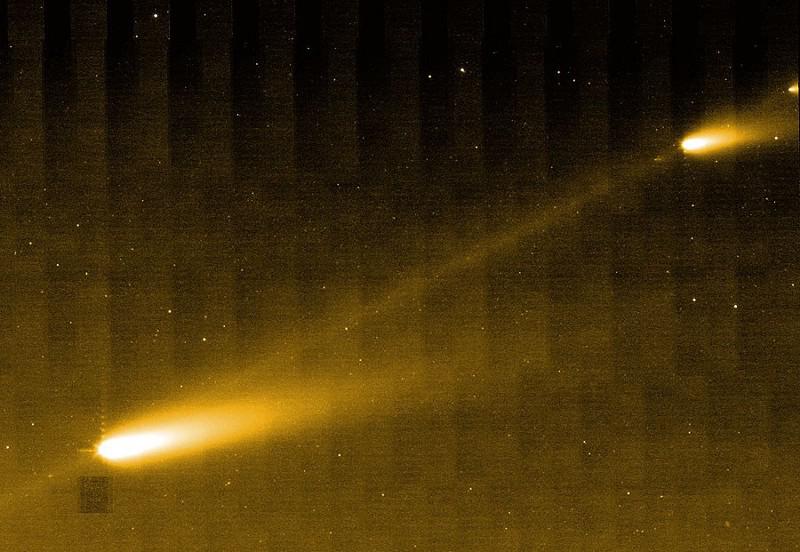
While comet and even asteroid tails are their most visually notable features, arising from the first and second processes outlined above, it’s the third process — the cometary or asteroidal debris stream — that leads to the meteor showers we observe. If an object has only recently begun passing through the inner Solar System, like comet 209P/LINEAR, then the meteor shower it creates (for that example, the Camelopardalids) will have a very concentrated debris stream around its nucleus and will only produce an abundant show of meteors when the Earth passes through that debris stream in a location very close to the object’s nucleus.
However, if the opposite is true, and the object has been orbiting through the inner Solar System for a long time, then a large fraction of the parent nucleus will have fragmented by this point, and a good showing of meteors will be possible even when the Earth is passing through a section of the debris stream that’s located very distant from the object’s parent nucleus. This is the case for December’s best meteor shower, the Geminids, whose meteors arise from the asteroid 3200 Phaethon: an object that’s already completed several dozens of orbits around the Sun since the time we’ve been aware of its meteor shower.

August’s Perseid meteor shower is an interesting case, because it’s been written about in the historical record dating back as far as 2000 years ago. Its parent body, Comet Swift-Tuttle, is truly a monster as far as comets go. It’s a long-period comet, arising from the Kuiper belt, and at its most distant, it gets even farther from the Sun than Pluto does at its farthest. However, Comet Swift-Tuttle, once every 133 years, gets closer to the Sun than even the Earth does at its closest, leading it to cross Earth’s orbit and make several close approaches to our planet.
Comet Swift-Tuttle made its most recent close approach to the Sun in December of 1992, and will return again in July of 2126, where it’s expected to become a bright, naked-eye comet to our eyes. But it’s also huge for a comet, with a diameter for its nucleus of 26 kilometers (or 16 miles), and moves very quickly when it approaches Earth: up to 42.6 kilometers-per-second (95,000 miles-per-hour). If it were ever to collide with Earth — something that’s not a risk in the near future but may pose a threat down the road, particularly in the year 4479 — it would release more than 20 times the energy of the catastrophic impact that drove the non-avian dinosaurs to extinction some 65 million years ago.
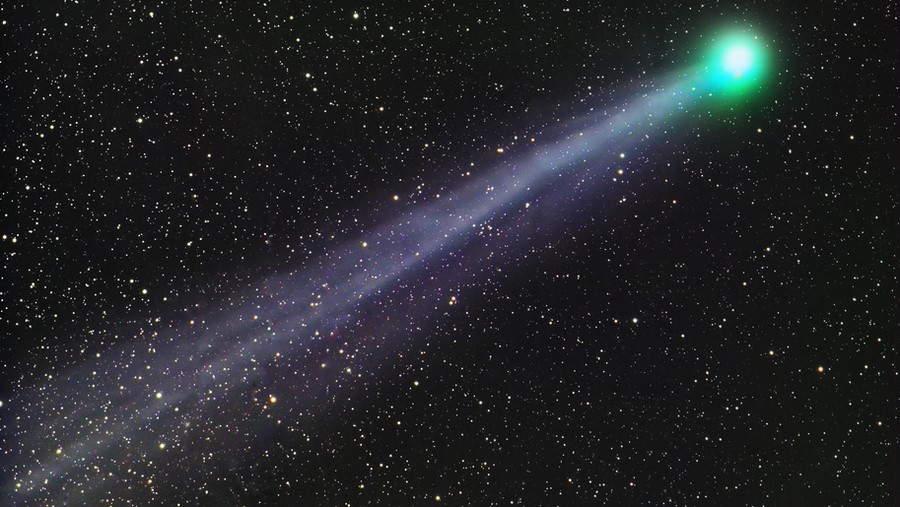
But for the immediate future, the only effect that comet Swift-Tuttle will have on Earth is through its debris stream: as the parent body of the Perseid meteor shower. Yes, it’s true that the Perseids were more spectacular in the early 1990s: when the parent nucleus of the comet was closer to Earth’s orbit than it is today, as cometary aphelion (farthest distance from the Sun) approaches in the year 2059. However, the oldness of the Perseids, combined with the number of orbits (at least 15 and possibly many more) that the Comet has had on its current trajectory, means that even the more sparsely-populated components of Swift-Tuttle’s orbit are still rich in cometary debris.
When Earth passes into the orbital path of comet Swift-Tuttle, those debris particles move very fast with respect to our planet: at a speed of about 58.3 km/s (130,000 mph). As a result, when Earth intersects the comet’s debris stream, those fast-moving particles interact with our atmosphere and burn up very rapidly, producing spectacular streaks of light. Although the Geminids, under ideal conditions, may produce greater numbers of meteors than the Perseids do, the Perseid meteors are often magnificent not only because they’re so rich in number, but also because they’re so fast, and as a result, so bright.

The debris stream of comet Swift-Tuttle has grown to be very wide over the past several millennia, and as a result, the Perseids last for more than a month: from mid-July until nearly the end of August. However, the peak of the meteor shower is reserved for when the Earth passes through the mid-point of the debris stream, and that’s usually a one-or-two-night only show. This year, the night of August 12th (and the pre-dawn morning of August 13th) as well as the night of August 13th (and the pre-dawn morning of August 14th) are where the peak of the meteor shower is predicted to occur.
This is remarkable for two reasons. First, it happens to occur on a weekend, which means that more people who can get away on a Saturday night (August 12th, in 2023) or who can get up early on Sunday (the 13th) before daylight breaks will have a spectacular chance at a natural show under clear, dark skies. But it also happens to coincide with a nearly new Moon phase, as the Moon is the number one source of natural light pollution. Whereas last year held a full Moon falling precisely on August 12, this year’s peak of the Perseids corresponds only to a waning crescent Moon, meaning that the Moon won’t even rise until after 2 AM on the morning of the 13th. Until then, pristinely dark skies will be on the menu.
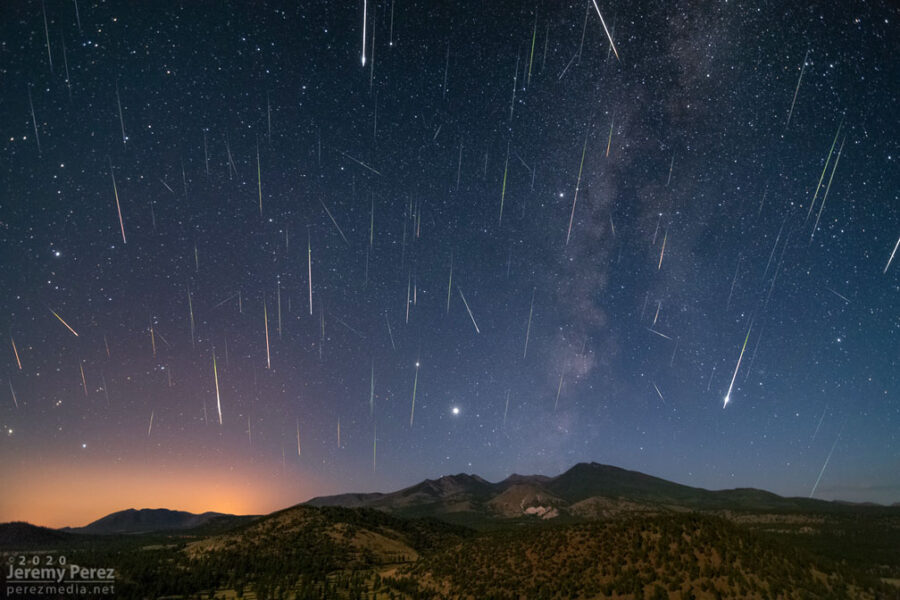
There’s also the question of where you should look to get the best show of the Perseid meteor shower. While the typical answer is “everywhere,” as meteors truly can appear at any location, a more informative answer is that all Perseid meteors originate from the same point in the sky: what’s known as a meteor shower’s radiant. (Why? Because the meteors all appear to radiate from that point.)
It doesn’t matter where on Earth you are or what time of day or night it is; the orbital path of the parent body, relative to Earth, is what determines where the debris particles arising from it strike Earth’s atmosphere. The meteor shower is even called the Perseids because of it: the meteors arise from within the constellation of Perseus.
However, the northern hemisphere constellation of Perseus isn’t well-known to everyone, and there’s a much easier way to orient yourself with more familiar constellations and asterisms: the Big Dipper, the North Star, and Cassiopeia. The Big Dipper is one of the easiest star patterns to find, with a curved handle meeting a cup. The final two stars of the cup point toward the North Star, and if you continue that imaginary line farther, it brings you to a bright set of five stars that make a “W” shape. Follow the left end of the W a little farther left and down, and that’s where the radiant of the Perseids can be found.

That doesn’t mean that every meteor you see, mind you, will be a Perseid meteor. There are plenty of other comets and asteroids that have passed through Earth’s orbit in the past, as well as stray dust and micrometeoroid particles. The way you can tell whether a meteor is a Perseid meteor or not is by tracing back the streak of light that appeared and seeing whether it goes back to that point — the radiant — or not. Even during the peak of the Perseids, somewhere around 20% of the meteors that you see might arise from stray particles, rather than from comet Swift-Tuttle itself.
In general, meteor showers are usually best viewed at around 3 AM or so, as that’s when the combination of dark skies and abundant meteors are maximized, coupled with the radiant typically being high in the sky and clearly visible above the horizon.
However, this year, the best viewing time will be slightly earlier: before the rising of the crescent moon. I would recommend looking between midnight and about 2 or 3 AM (depending on when your local moonrise is) on Saturday night/Sunday morning (in the Americas) and on Sunday night/Monday morning (in Asia and Australia). European and African skywatchers will have pretty good shows on both nights!
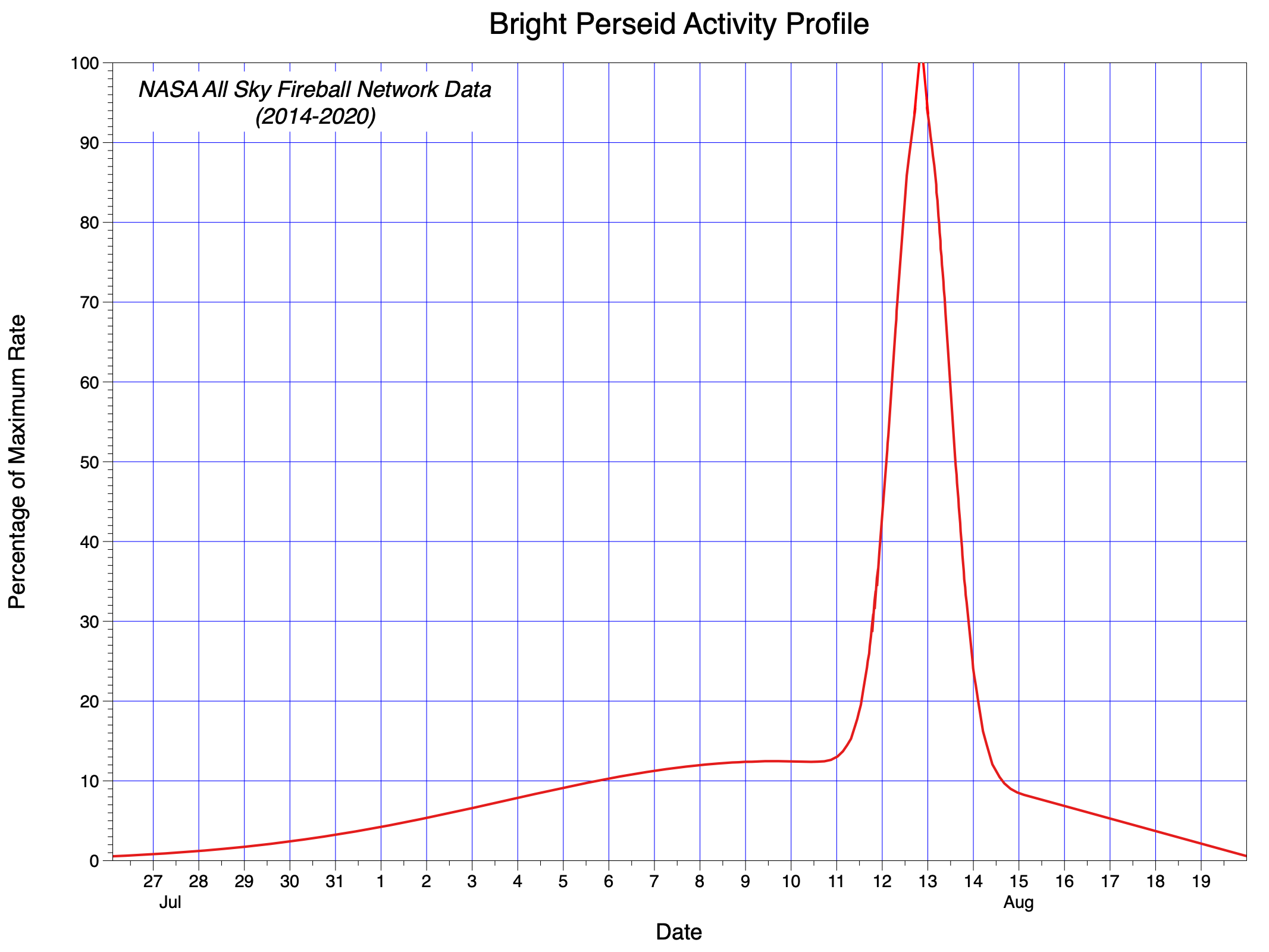
How many meteors can you expect to see? This is one of the toughest questions to answer, because there’s a big difference between the theoretical maximum rate of a meteor shower — what’s known as the zenith horizon rate (ZHR) — and what a typical observer who seeks out darker-than-suburban skies is going to see.
The zenith horizon rate assumes ideal conditions:
- that the radiant is directly overhead from where you are,
- that your skies are clear, cloudless, and devoid of all human-caused light-pollution (including from low-Earth orbiting satellites),
- that your eyes are dark-adapted (meaning that you haven’t looked at any white light, including your cellphone, for at least 20 minutes),
- and that you’re seeing the absolute highest, central peak of the shower, which lasts for only a few hours, rather than the broader “maximum” time you’ll be looking, which is related to where you are, locally, on Earth.
Under those ideal conditions, you might see over 100 meteors per hour, or about two meteors per minute. But even under more realistic conditions, most observers can expect to see around 40 meteors per hour, or about two meteors per every three minutes. That’s still a great show, and easily worth it.
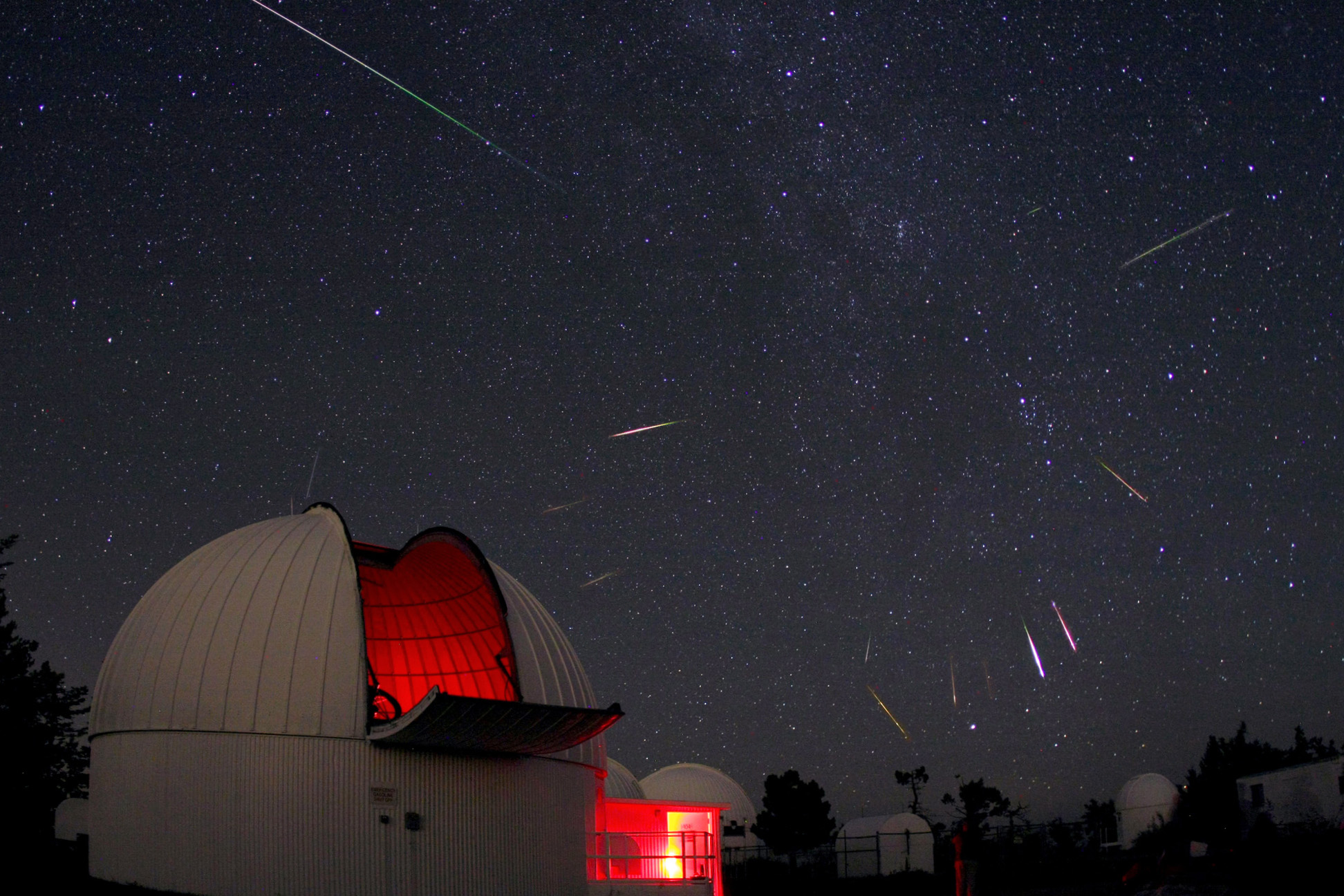
But each time you do happen to catch one, I hope you appreciate what’s truly happening from a cosmic perspective. An ice-dominated object, left over from the formation of our Solar System more than 4.5 billion years ago, has recently been gravitationally perturbed, and now plunges through the inner Solar System once every 133 years, passing perilously close to Earth when it does. The planet Jupiter has been affecting this comet, and will continue to do so in the future: the main reason why the year 4479 looms so perilously in our future, if we dare think and plan that far ahead.
Each particle that strikes Earth’s atmosphere this year likely broke off of that comet centuries ago, and just happened to plow through Earth’s atmosphere above your head while you happened to be looking up. A pebble’s worth of matter brilliantly caught fire in Earth’s atmosphere, producing a luminous streak that you and only a few thousand other humans likely saw. A journey that took billions of years ended in a fraction of a second, and you were there to see it: dozens or even hundreds of times over, if you wait long enough. Make your plans for the second weekend in August, because a show like this only comes around once a year, and most of them won’t be as good as 2023’s!
